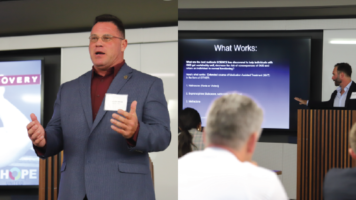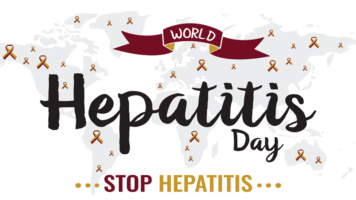Industry News
Gene and Cell Therapy are Changing the Course of Rare and Incurable Diseases
August 2019

Gene and Cell Therapy are Changing the Course of Rare and Incurable Diseases
Gene therapy has been studied for nearly 50 years and is currently being used for developing treatments for a variety of genetic conditions. It is a powerful technology that enables scientists to manipulate DNA and provide promising therapies for many people with diseases that up to this point have been incurable.
Genes are made up of DNA, which are blueprints to build enzymes and proteins that make the body work. Between 20,000 and 25,000 genes have been identified in the human body, influencing everything from eye color to the immune system. However, genes can change based on inherited mutations as they age or by being altered or damaged by chemicals, radiation, and environmental factors. A small adjustment to them can alter the way people breathe, walk or digest food or any part of their body functions.
When gene mutations lead to disease, gene and cell therapy may be able to help. Gene therapy is the introduction, removal, or change in genetic material—specifically DNA or RNA—to treat a specific disease. Cell therapy is the introduction of new cells into a patient’s body to grow, replace, or repair damaged tissue in order to treat a disease.
Revolutionary gene and cell therapies in development today are the result of years of pioneering research from life sciences companies – many of them based here in California. Today, there are 289 novel gene and cell therapies in development for a variety of diseases and conditions including cancer, infectious diseases, blood conditions, eye disorders, musculoskeletal diseases, and others.
The American Society of Gene and Cell Therapy states that, of the gene therapies up for approval over the next five years, 45 percent are anticipated to focus on cancer treatments and 38 percent are expected to treat rare inherited genetic disorders. While hundreds of potential gene and cell therapies are in the pipeline, the following innovative medicines have already been approved by the FDA and are helping patients today, including:
- The first-ever FDA-approved biotech treatment that targets the underlying genetics of Spinal Muscular Atrophy, a rare genetic disease that impacts the spinal cord, muscle movement and is the number one genetic cause of death for infants.
- The first virally delivered, one-time treatment used to improve vision in patients with specific inherited retinal diseases. As the first FDA approved viral vector product, it represents a historic landmark, not only in the field of gene therapy but in the history of medicine.
- Gene modified cell therapies for leukemia and lymphoma using CAR-T immunotherapy where the patient’s T-cells are genetically modified and reintroduced back into their blood and can bind to the targeted cancer cells and destroy them while protecting other non-cancerous cells.
- An RNA interference therapy to treat a hereditary peripheral nerve disease which causes a degeneration of the nerves and results in crippling pain, weakness and loss of mobility. The treatment works to silence specific genes that are the root cause of the disease.
- A life-extending vaccine for the treatment of prostate cancer that specifically stimulates the destruction of cancer cells, while leaving healthy cells unharmed.
For more information about gene and cell therapy visit the American Society of Gene and Cell Therapy.
Stay informed on the latest news and trends on the economic and health benefits of this important industry by visiting the new CABiotech.org
For more information about California’s biotechnology and life science industry, contact California Biotechnology Foundation Executive Director Patty Cooper at (916)764-2434 or [email protected].


